
OR
Low inflation rate
In a welcome development, Nepal Rastra Bank’s headline inflation rate in November climbed down to 4.8 percent, the lowest it has been in the past one decade. The last time we had under-5 inflation was back in June, 2007. In contrast, in January this year monthly inflation had rocketed up to 12.1 percent, an all-time high, at what was the height of the Indian blockade. So low inflation is surely a cause for celebration for most Nepalis who have, over the past decade, seen a steady erosion of their purchasing power. Alas, such celebrations will be premature. Even as the central bank has rather predictably tried to play up the ‘success’ of its monetary policy, which has supposedly been able to tame runaway inflation, economists are not so sanguine. There are multiple reasons for their skepticism. One is that a year-on-year 4.8 increase is still substantial, considering that the soaring prices of goods and services during the blockade never actually came down. This means that you would today have to spend Rs 111.5 for goods worth Rs 100 in November 2014, after factoring in this November’s 4.8 percent inflation. By any standard, this represents a troubling increase in prices of daily goods.
This in turn hints at our poor market monitoring mechanisms. Why didn’t the prices of day-to-day goods and services that had so steeply increased during the blockade come down when the blockade was lifted? And why do the prices of nine out of ten vital commodities in Nepali markets keep increasing even though their costs of production come down? The profit margin of Nepali businesses has been capped at 10 percent over the cost of production. Yet it is not unusual to see the prices of daily goods like pulses and vegetables increase by 30 or 40 percent, sometimes overnight, as happened during the blockade. Such state of neglect has wider implications. As the government fails to address this basic public concern, people are starting to question if there is at all a government in the country. They have seen successive governments conveniently ignore their bread-and-butter issues even as politicians eagerly dive into heated ideological arguments that are completely divorced from the daily lives of average Nepalis.
So as pleased as we are with the low official inflation rate, we also believe it has to be put in the right perspective. For instance one possible reason for lower inflation rate for November is the decision of the Indian government to pull its bank notes of InRs 500 and InRs 1,000 denominations out of circulation. As many Indians didn’t have hard cash to spend, sales have dipped and inflation has also come down in India. Since Nepal imports 60 percent of all imported goods from India, the lower prices in India might have been reflected in Nepali markets as well. Hence there is nothing for our central bank to crow about and any respite Nepali consumers feel will be temporary. If the fundamentals of our own economy were strong, and our international trade was not completely reliant on one country, our central bank would have various monetary tools at its disposal to tame inflation. But with next to no market monitoring and Nepal’s overreliance on India for virtually everything, we are afraid any effort of our central bank to put a good spin on the health of our economy will be in vain.
You May Like This

Embankment offers respite to people of Simardahi
MAHOTTARI, Aug 4: Every monsoon, the people of Musahar and Sahani communities of Simardahi, Matihani Municipality-9, would be worried every time... Read More...

Some respite for consumers as veg prices fall
KATHMANDU, Aug 2: Price of fresh vegetables in Kathmandu have started coming down in the wholesale market, thanks to improved... Read More...
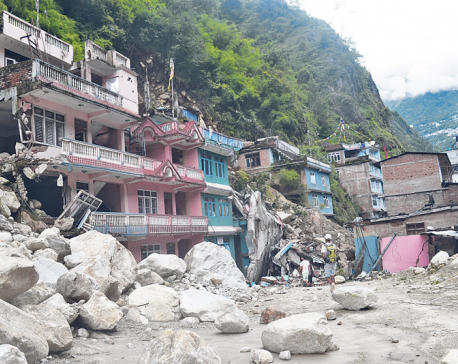
No respite from floods, landslides
SINDHUPALCHOWK, July 23: Continuous floods in the Bhotekoshi River and land erosions caused by it have already washed away 85... Read More...
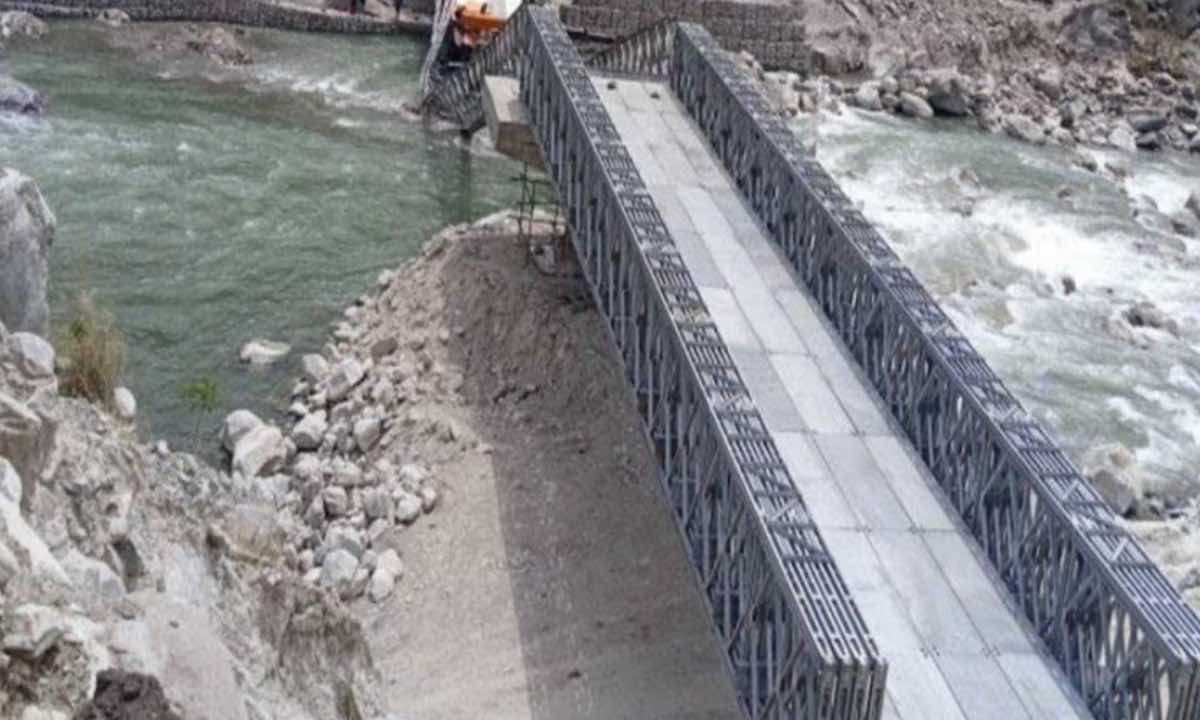

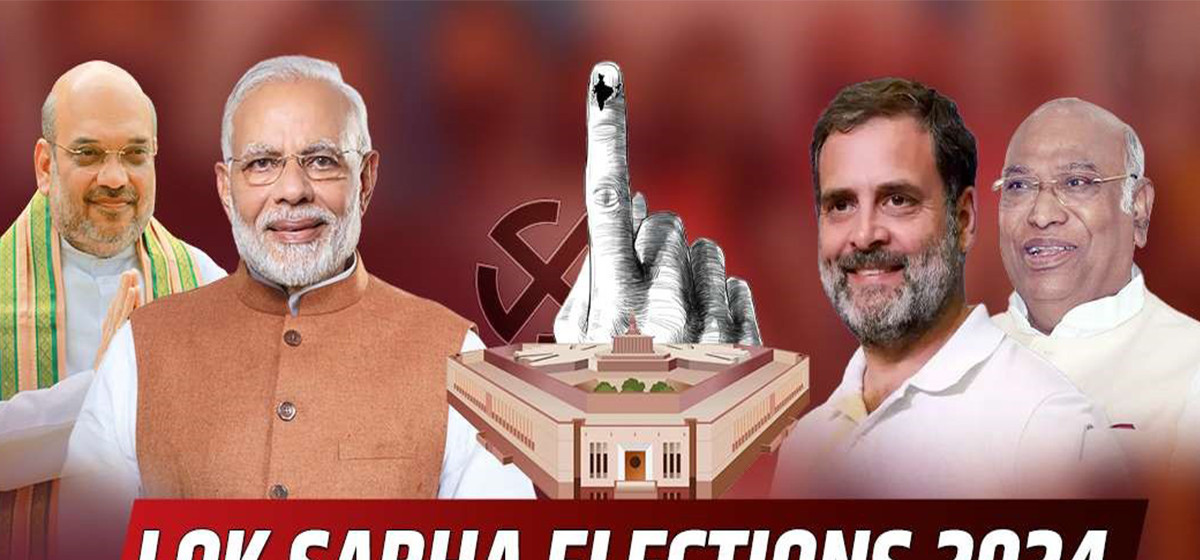


Just In
- Construction of bailey bridge over Bheri river along Bheri corridor reaches final stage
- Taylor Swift releases ‘The Tortured Poets Department’
- India starts voting in the world’s largest election as Modi seeks a third term as prime minister
- EC seeks cooperation for free and fair by-election
- Bus carrying wedding procession attendees meets with accident in Sindhupalchowk; three killed
- CPN (Unified Socialist) to hold its Central Committee meeting on May 10-11
- Over 16,000 paragliding flights conducted in one year in Pokhara
- MoPIT prepares draft of National Road Safety Act, proposes rescue within an hour of an accident











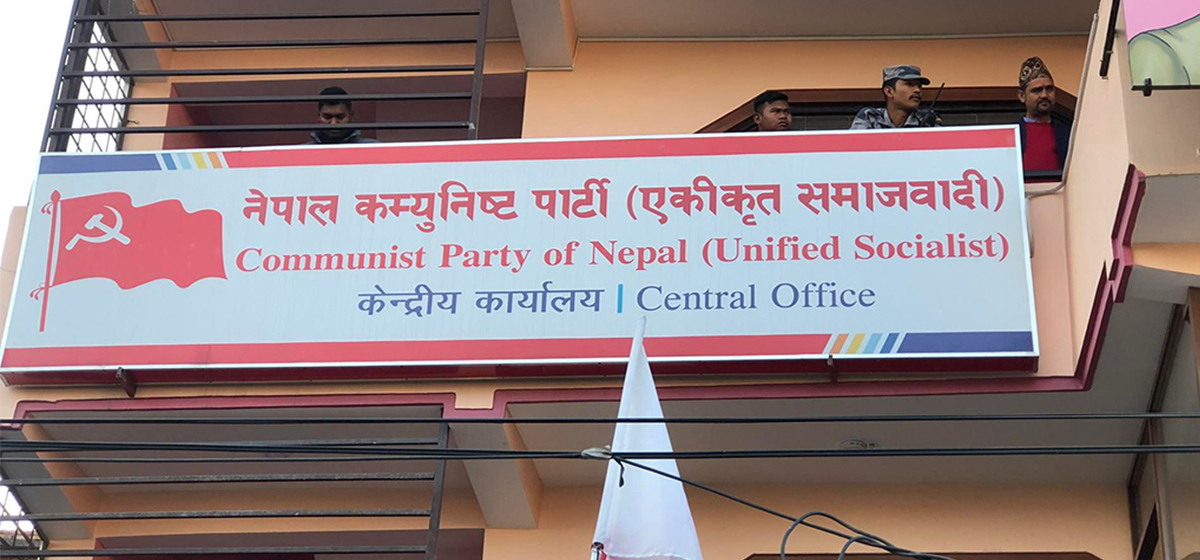
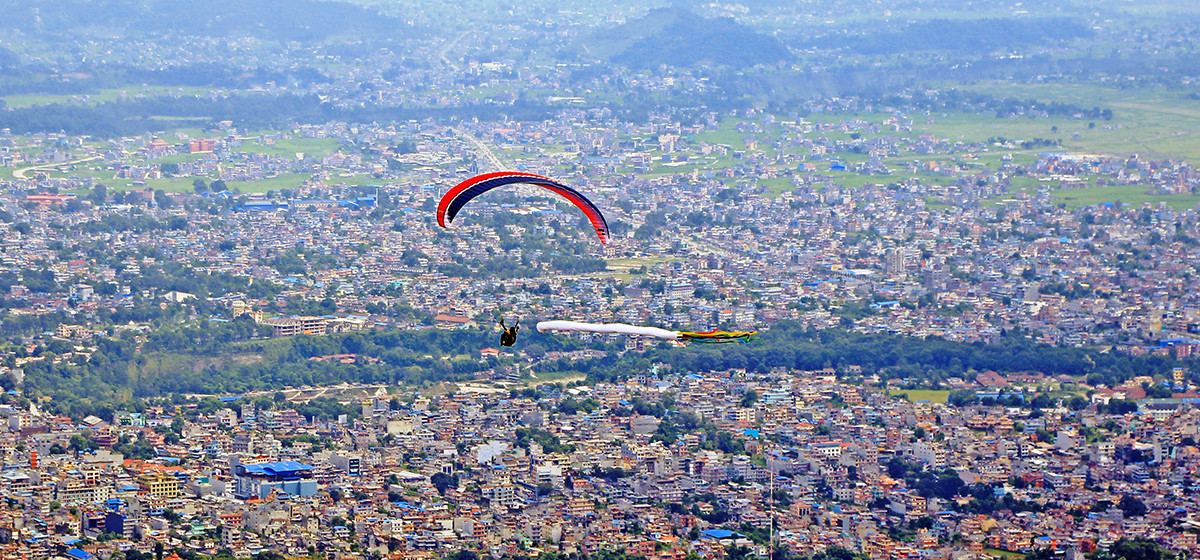
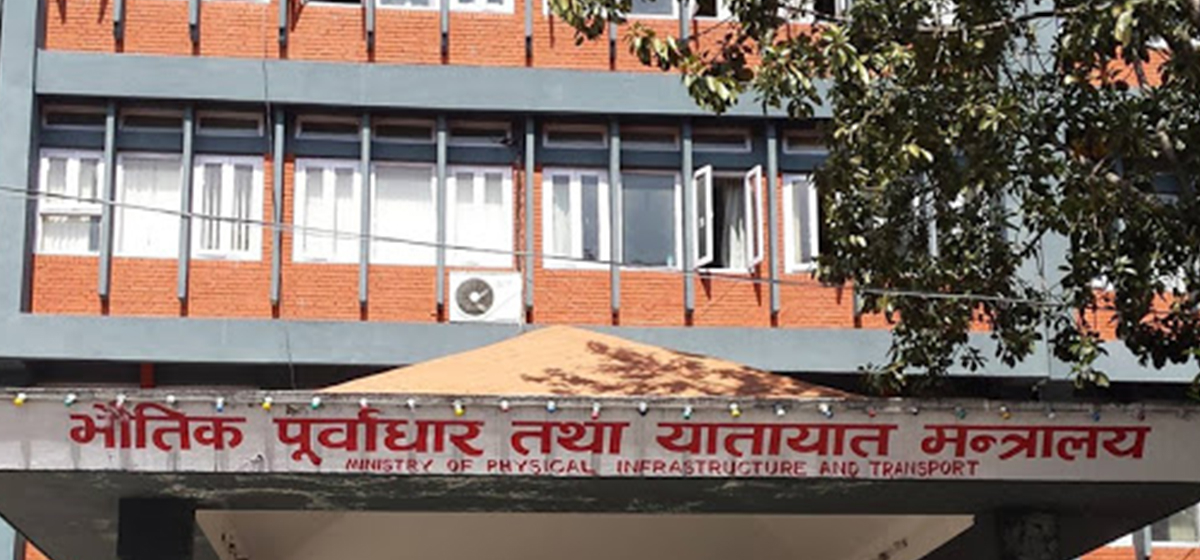
Leave A Comment